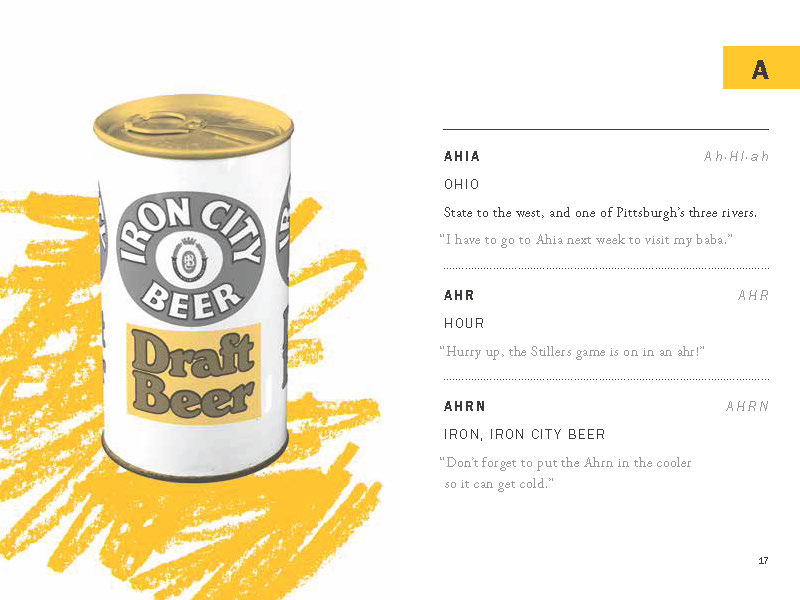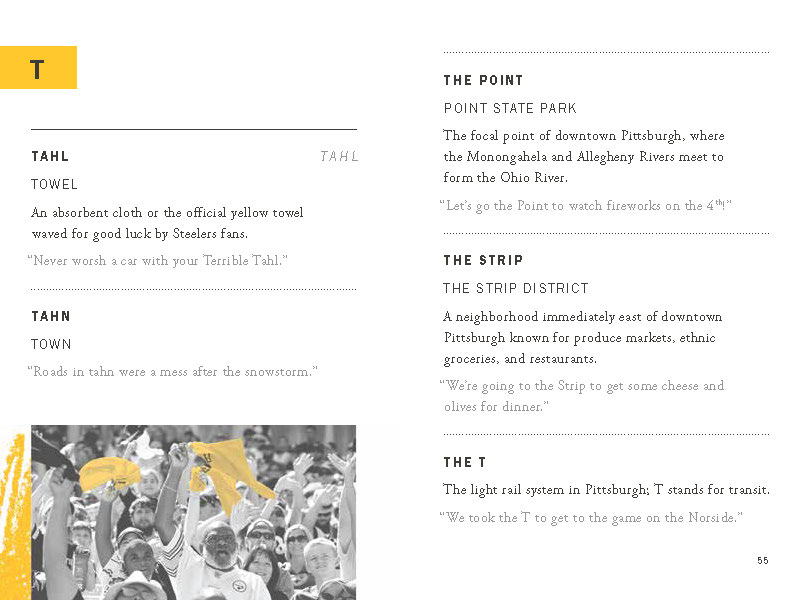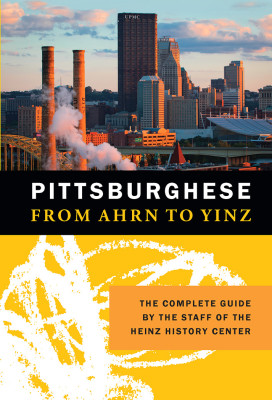One of the most distinctive features of Western Pennsylvania is the widespread use of a dialect that we have come to call Pittsburghese. Not just the exaggerated slang heard in radio skits, but the words and inflections that are common to the region even in subtle ways. This unique vocabulary and manner of speaking has been studied by linguists who note that many of our words and phrases like “redd up” and “nebby” were brought to the region in the 1700s by Scots-Irish immigrants. Yet, more than 200 years later, these distinctive words continue to be the dialect that colors the way many of us speak in present-day Pittsburgh and the surrounding area.
Successive waves of immigrants adopted those early patterns instead of supplanting them with their own. As Lauren Uhl says in her introduction to the History Center’s most recent book, “Poles, Slavs, Czechs, and others were in their own way just like the Scots-Irish. They banded together in neighborhoods, established their own churches and beneficial societies, and built their own schools to maintain their language and culture and pass it on to the next generation. Their young children, however, more adept at learning a new language and eager to fit in with their American peers, learned English in the street, not in school, and so picked up the prevailing Pittsburgh version of English.”
To help out-of-towners and locals alike, the History Center has published a small gift-style book on local speech. “Pittsburghese: From Ahrn to Yinz” lists the most commonly used words and their meaning. Readers will find history and humor in every word’s definition and context sentence. For the more challenging words, there is a handy pronunciation guide included as well.
Readers may laugh out loud, feel a sense of pride, or maybe a bit of guilt when they realize they or someone they know uses any of these words in their daily vocabulary. History Center President and CEO Andy Masich notes in his foreword, “To outsiders, the Pittsburgh dialect may sound odd. Some may think it uncouth. Even Pittsburghers argue whether jagoff can be uttered in polite society.”
If you can relate to this dialect or are curious about where some of your favorite Pittsburghese words come from, you are probably from Pittsburgh and should own this book as a keepsake. It can even be shared with out-of-town guests so they can understand what you mean when you hear:
“I have to go to Ahia next week to visit my baba.”
“I’m glad they undid that traffic circle thing around S’liberty.”
“Jeetjet?”
And … “We cheer for two teams on Sundays—the Stillers and whoever plays the Browns.”
Pittsburghese: From Ahrn to Yinz
By the Staff of the Heinz History Center
Paperback, $6.99
Available now in the History Center gift shop and online.



